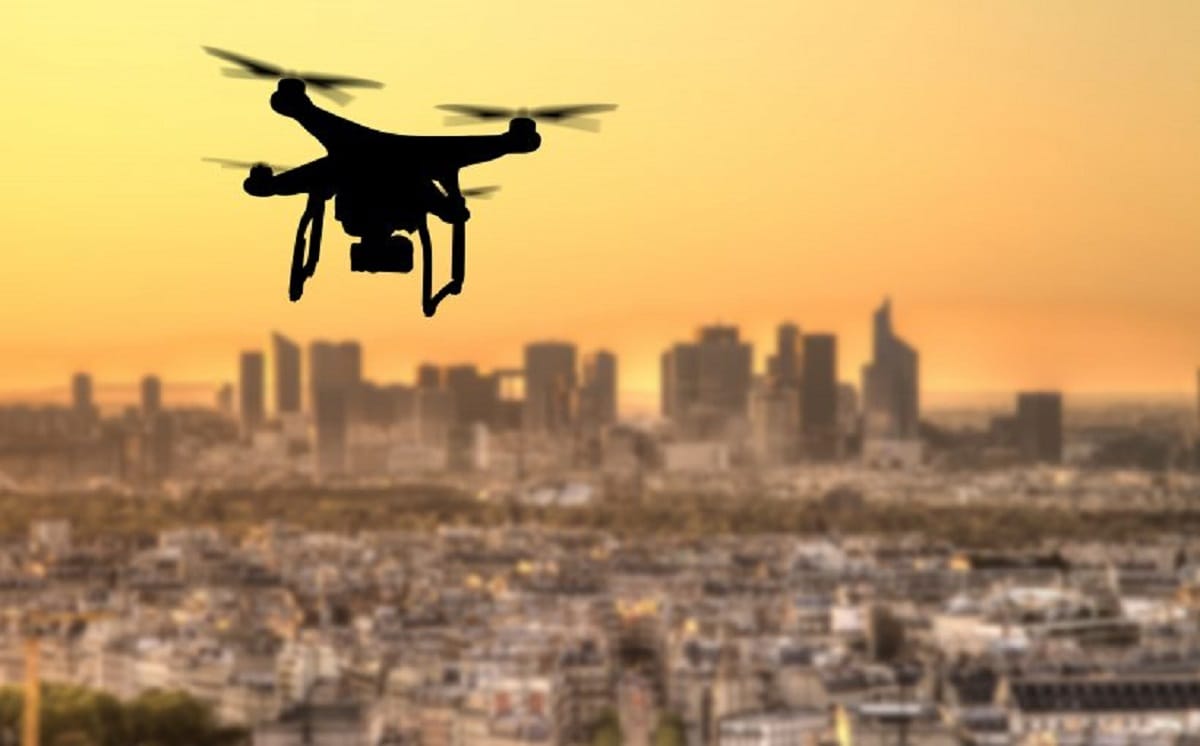Nokia 4G on the Moon, Localities and Drone Operations, Ajit Pai’s 6G Keynote Speech
On Monday, NASA and Finnish telecommunications firm Nokia announced plans to build a 4G cellular network on the moon. The project, for which Nokia will be paid $14.1 million, aims to create the lunar communications infrastructure necessary for voice and video calls, data transmission, robotic contro
Jericho Casper

On Monday, NASA and Finnish telecommunications firm Nokia announced plans to build a 4G cellular network on the moon. The project, for which Nokia will be paid $14.1 million, aims to create the lunar communications infrastructure necessary for voice and video calls, data transmission, robotic controls, and real-time navigation.
Nokia’s research and development arm, Bell Labs, is partnering with space engineering company, Intuitive Machines, to deploy the system to the moon, reported Fast Company. Nokia says that the network will be designed to withstand the shock of takeoff and landing, as well as the harsh conditions of space.
The system is on track to launch in 2022. Eventually, the company’s goal is to upgrade the 4G network to 5G, which is just now starting to roll out on planet Earth.
The network is part of NASA’s most recent public-private partnership program, Tipping Point, through which it has awarded more than $370 million to companies that are building lunar technologies. The series of grants is leading up to NASA’s project Artemis, in which the space agency is planning to send astronauts back to the moon in 2024 and establish a more regular human presence by 2028.
“Reliable, resilient, and high-capacity communications networks will be key to supporting sustainable human presence on the lunar surface,” said Nokia CTO and Bell Labs President Marcus Weldon in a statement.
Localities yearn for a say in drone deliveries
Drone delivery is becoming increasingly attractive to businesses, as the number of online orders being placed has dramatically shot up since March, in response to individuals attempting to reduce the spread of the coronavirus by staying at home.
In August, Amazon became the third company to receive approval from the Federal Aviation Administration to perform drone deliveries beyond the visual line of sight and in September, Walmart started its second drone delivery pilot program, reported Government Technology.
Drone deliveries are attractive to businesses, as they promise to dramatically cut operational costs, yet the increase in drone operations comes with challenges for state and local areas, who are in the midst of attempting to prepare for the groundbreaking service, without having any say in the matter.
Currently, the FAA calls most of the shots when it comes to drones, but localities have a crucial role to play. While the federal government is taking the position that they’re in control, many have expressed doubts that they will be able to handle operations without the help of localities.
There may be a number of issues that the FAA can’t handle themselves, which individuals will turn to local law enforcement and emergency aid to handle. Some believe that as the number of drone deliveries increases, the FAA will become overwhelmed by citizen outrage and complaints about noise, nuisances and trespassing. To give you an idea, the FAA has two representatives tasked with handling complaints for the entire state of North Carolina.
“You would think that you would delegate this down to the local level,” Basil Yap, unmanned aircraft systems program manager for the North Carolina Department of Transportation.
FCC Chairman Ajit Pai delivers keynote speech at 6G Symposium
Federal Communications Commission Chairman Ajit Pai delivered a keynote speech yesterday to close out the first day of the 6G Symposium, a two-day virtual conference organized by InterDigital and the Institute for the Wireless Internet of Things at Northeastern University.
During the conversation, Pai revealed that the shutdown of 2G and 3G networks will be a necessary decision the FCC must grapple with in coming months, in order to make room for 5G and 6G networks. According to Pai, industry has been reluctant to shut down 2G and 3G networks, as they are still utilized by some consumers.
“Incumbents are going to have to be agile” and open to change, in order to “help U.S. industry be as competitive as possible,” said Pai.
“The nature of networks are changing,” said Pai, with 6G promising to fuse cloud and mobile technology and transmit waves at more than three times the frequency of 5G.
While Pai said that he believes the country is on the right path, he maintained that there are geopolitical security issues to consider, especially with respect to China. Pai noted that the FCC is working with Congress to secure funding to replace Chinese-developed telecommunications gear in America’s networks. He championed building 6G networks with domestic technology.









Member discussion